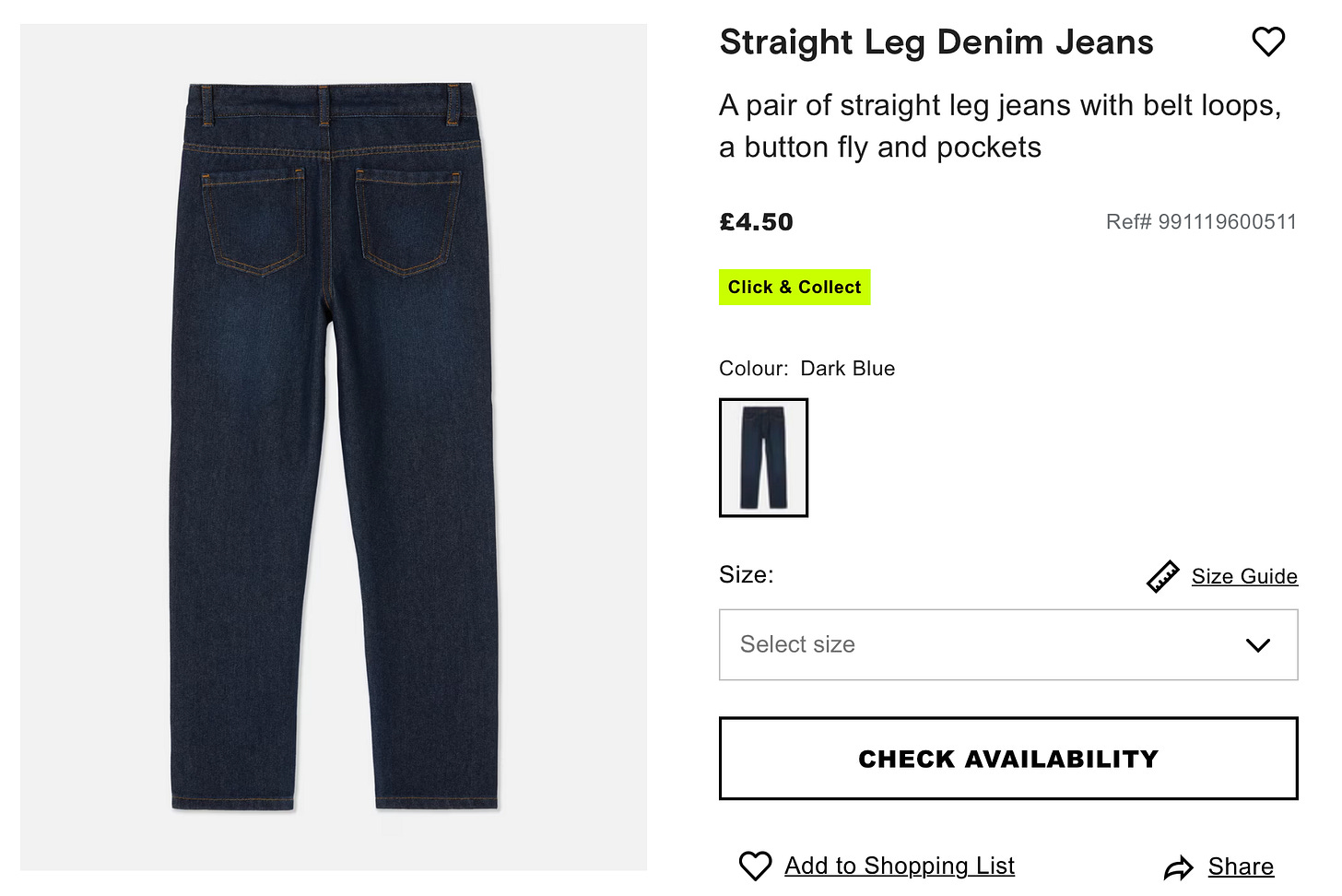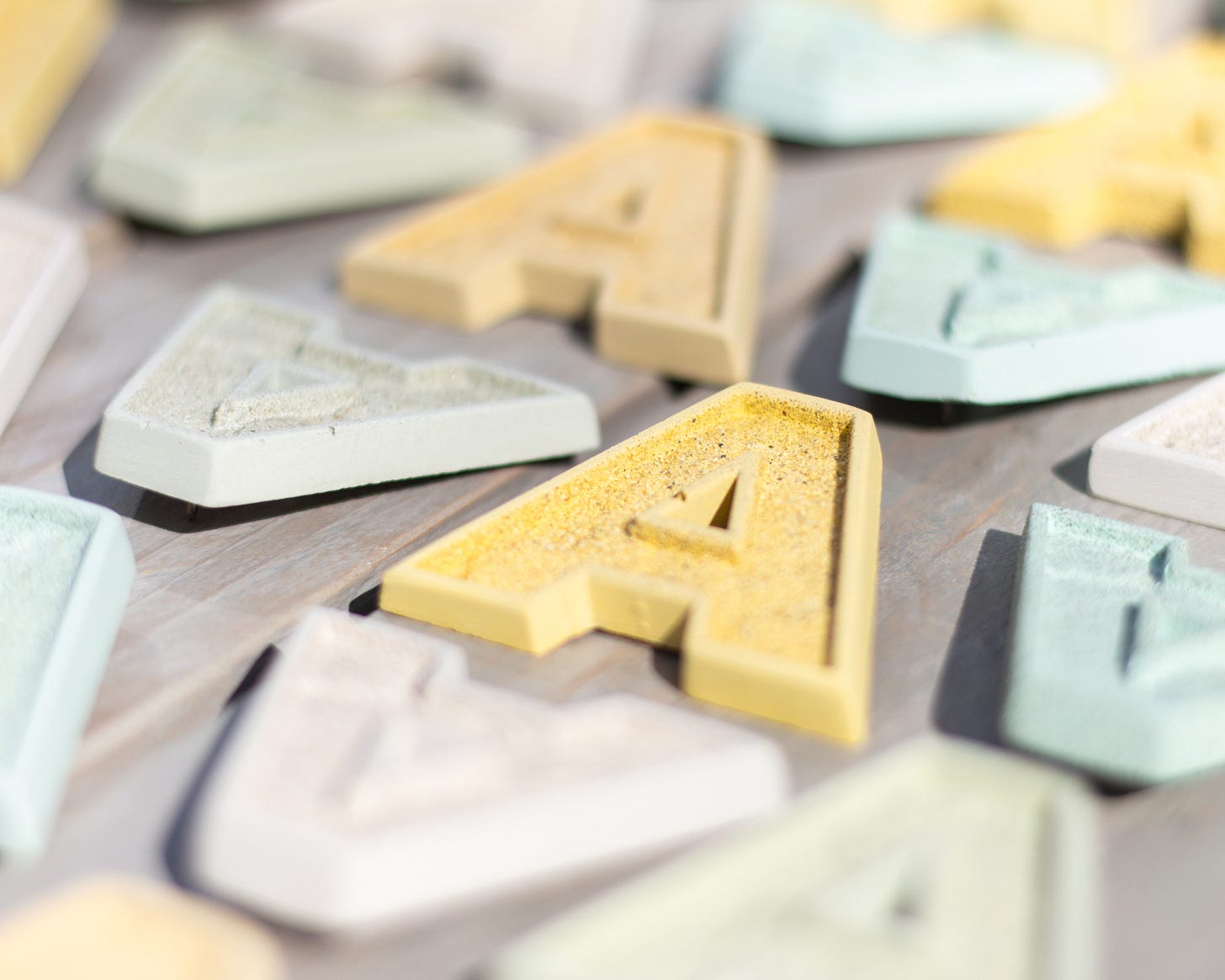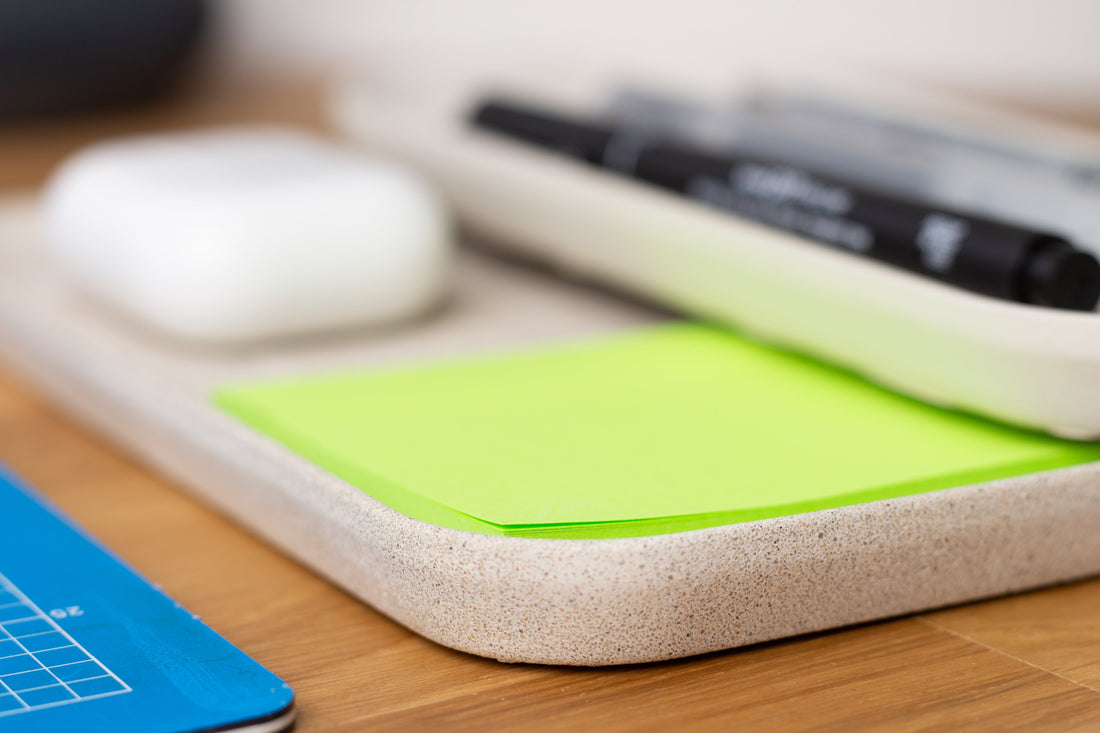
Update 026. Conscious Consumerism
Share
I’m finally putting into words something that’s been quietly forming in the back of my mind since entering the world of design. It’s a topic that feels especially relevant right now - one that’s surfaced in culture, economics, and maybe in your own thoughts too.
It’s the kind of thing that can easily come off as preachy (and I’m definitely not claiming to have it all figured out!). But it’s an important conversation to have.
Take a read, and let me know if any of this resonates with you. This month is a real deep dive into an area of design I am very passionate about.
What’s the problem?
In order to define conscious consumerism, we first need to unpack the alternative, unconscious consumerism.
We live in a world where we can buy can pair of jeans for less than £5 and have them delivered to our doorstep in less than 24hrs, without leaving our homes. We are constantly bombarded by adverts that are becoming more and more specifically targeted to us. Pushing us to acquire new things for a dopamine rush that instantly evaporates.
The way we consume is broken. We have become so detached from the products we use as everything becomes ever more accessible.
Advertising has changed dramatically over the past decade, shifting from broad mass marketing to highly targeted, data-driven campaigns. Today, billions are spent annually by brands aiming to influence our desires and steer consumer behaviour.
Social media platforms collect vast amounts of personal data, which they use to offer precision targeting to advertisers. We only need to look at Meta whistleblower, Sarah Wynn-Williams, to see how nefariously this data has been used:
“It could identify when they were feeling worthless or helpless or like a failure, and [Meta] would take that information and share it with advertisers,” Wynn-Williams told the senators on the subcommittee for crime and terrorism within the Judiciary Committee. “Advertisers understand that when people don’t feel good about themselves, it’s often a good time to pitch a product - people are more likely to buy something.”
As AI becomes more powerful, we're moving toward a world where ads are not only targeted based on your behaviour, but are generated in real time. Think: personalised scripts, visuals, and product offers created just for you.
Advertising is already effective. And as tools like generative AI, deep user profiling, and real-time content creation converge, it’s only going to get more persuasive—and more difficult to detect. It’s time to wake up and smell the coffee.
The majority of us, give no thought at all to how this system works (unconscious consumerism). We buy things everyday without any consideration for what the product is made from, who it is made by (and under what conditions) and where in the world it is made. The global supply chain is so interconnected and opaque it’s practically impossible for anyone to truly answer these questions - including the people designing these products. This global supply chain is a feat of human existence, a result of the world working incredibly closely together to provide products at the cheapest possible price. A race to the bottom that considers only one thing - profit.
Today, we are consuming the resources of 1.75 planets. By 2050 this is projected to move beyond 3 planets. We live in a world with infinite growth and finite resources. At a global scale, we have no concern for the environment or the impact we are having on it. Our system is fundamentally flawed and we need a solution.
I think it’s important at this point to make it clear that I really don’t want to make any feel guilty for simply living their lives. We shouldn’t have to be highly conscious when making purchasing decisions. Unfortunately, we live in a world where we are ever increasingly targeted to continuously purchase new “things” and not all brands should be demonised. We have brands like Patagonia that are mission led and endorse more circular design principles- through schemes like a top that lasts forever (they will repair it for you) as well as investing profits back into preserving our natural environment. Equally, we are all part of this messy system and I don’t mean to make any of us for simply wanting to
🌍 So... What’s the Fix?
Enter conscious consumerism. A more intentional approach to consumption, where emphasis is placed on consuming less and being much more selective (in relation to sustainability and ethics) about what you choose to consume. It’s a trend that has seen a really positive rise over the last number of years with 73% of millennials and Gen Z saying they would spend more to support sustainable brands. With a cost of living crisis however, consumers are being priced out of the market.
As someone trained to reduce friction in user experiences, I’ve seen first-hand how big brands have mastered the art of making consumption effortless. It’s never been easier to click, buy, repeat. But when everything’s optimised for ease — what happens to intention?
And even when we try to buy better, how do we trust what brands tell us?
The global supply chain is a black box. Sustainability claims are often vague, unverified, or downright misleading. Greenwashing is rampant, and consent fatigue is real.
Meanwhile, we’re dealing with:
-
🔋 energy and resource scarcity
-
🌍 fragile supply chains
-
💸 a system that rewards price over principle
It’s no wonder that some big conscious brands like People Tree, Ingle & Rhode, Ren, and Trakke have shut up shop in recent years.
So where do we go from here?
The Opportunity 🌱
It’s easy to feel overwhelmed by the scale of the problem. The systems we’re part of - from the way we shop to the way we’re advertised to - are designed to make consumption effortless and constant. And even when we do try to make better choices, we’re met with greenwashing, rising costs, and a lack of transparency.
But here’s the thing: change doesn’t start with perfection — it starts with awareness.
Conscious consumerism isn’t about guilt. It’s not about never buying anything again. It’s about slowing down. Asking better questions. Choosing fewer, better things (quality over quantity). Supporting the brands, makers, and movements that are trying to do things differently — even when the path isn’t easy.
We might not be able to fix the global supply chain overnight. But we can begin to rewrite our relationship with the things we buy. That’s powerful.
Because small, intentional choices made consistently — at scale — can shift culture.
We don't need a handful of people doing zero waste perfectly. We need millions of people doing it imperfectly - Anne-Marie Bonneau
My Challenge to You
Ok - actions speak louder than words. So let’s put this into action. Let’s try and understand the impact of the decisions we are making. I challenge you to calculate the carbon footprint of something you purchased recently using this tool:
This used to be an incredibly time consuming task and whilst not a perfect tool it gives us a good ballpark. I have been using this tool myself recently to get a better understanding of some of the design decisions I am making.
Let me know in the comments your result!
Is this a topic that interests you? 📚
Here are a few book recommendations:
📘 Digital Minimalism — why less tech can lead to more meaning
📕 Indistractable — how to reclaim your attention in a world built to steal it
📙 Atomic Habits — small changes, big impact (yes, it’s worth the hype)
📗 Hooked — a behind-the-scenes look at how products keep us coming back
My Products, My philosophy
With what seems like an infinite number of forces at play making it harder than ever for small, thoughtful product companies to survive, never mind thrive - I find myself more driven than ever to put thoughtful, meaningful products out into the world that don’t compromise on quality. The type of products people want to own and help in some way.
I’ve spent the last few months reflecting quite heavily on what I want to focus my attention on for the next 5 years. Time is tight, family time is important but I am driven more than ever to add thoughtful friction into people’s lives.
I want to design products that intentionally take us out of auto-pilot.
Too often we find ourselves in autopilot, trying to complete the never ending to do list we really don’t stand a chance of ever getting to the bottom of.
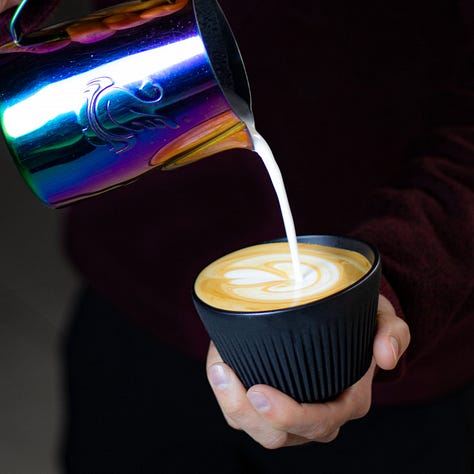

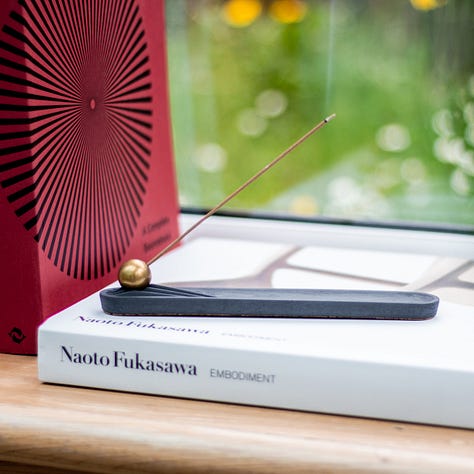
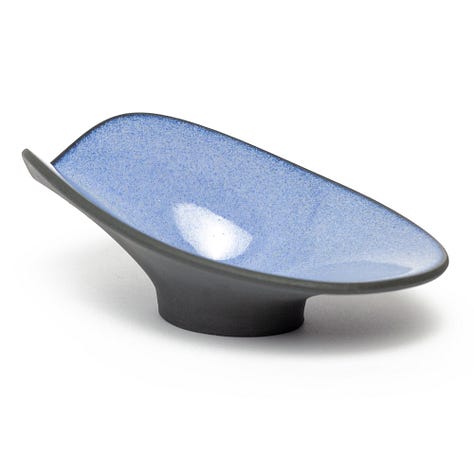

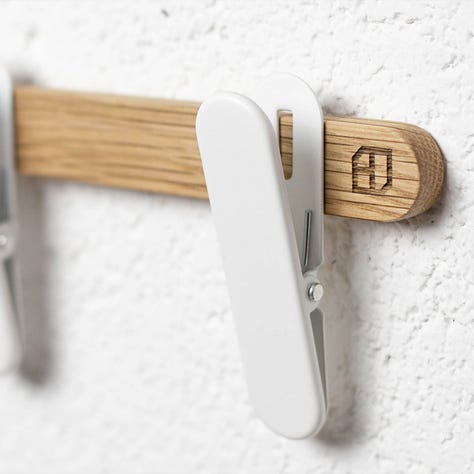
As a thank you, you can use this discount code at checkout (available site wide): SubstackCrew (20% off).
Last months most clicked link: Fairphone 6.
My top 5 pieces of content I have found helpful/inspiring:
1.
The Disneyland story. A story about finding your creative spark when stuck in a rut. Just what I needed this month and feeling energised from it. Great newsletter by Cal Newport.
2.
How brands manipulated you into buying more. I’ve shared quite a few of Matt D’Avella’s videos in the past - this video could not be better suited to this month’s theme.
3.
Blake Crouch - Upgrade. I’ve been reading a lot more over the summer break. I’ve always enjoyed the pace and premise behind Blake’s books and this one was no different. Must read if you’re into Sci-fi.
4.
CMF Watch Pro 3. I love my Nothing watch pro 2. The design and value are unmatched in my opinion. This new model brings some serious AI integrations that I’m excited to see tested.
5.
Light & Magic Season 2. Some companies seem magical from the outside and I can’t think of any company that felt more magic growing up than ILM. Season 1 was incredible and season 2 didn’t disappoint.
Castlegate
This month, I have been pushing a personal project. Having toyed with the idea of capturing a physical location within one of my products a good few years ago, I was amazed at just how good smartphone 3D scanning had become. I 3D scanned the cobblestones in the centre of the market square of the city I grew up in. Cobblestones that have had thousands of people walk over them.
I wanted to take this further, for where I live now in Aberdeen. I wanted to capture somewhere iconic, that has seen Aberdeen evolve over time. What better place than the granite cobbles of Castlegate. Once the gates for Aberdeen Castle (long since destroyed), dating back to 1294, this has been a bustling market square for well over 600 years.
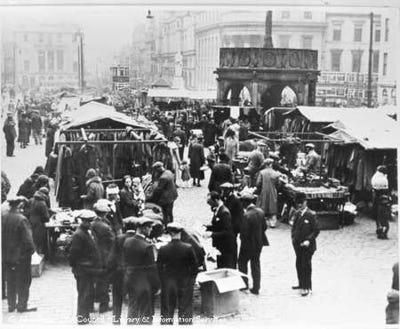
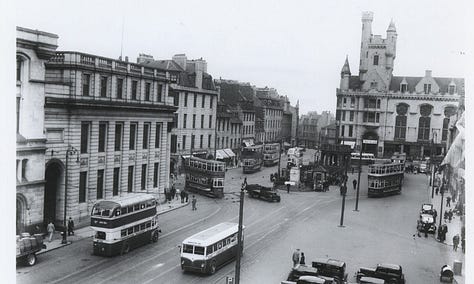
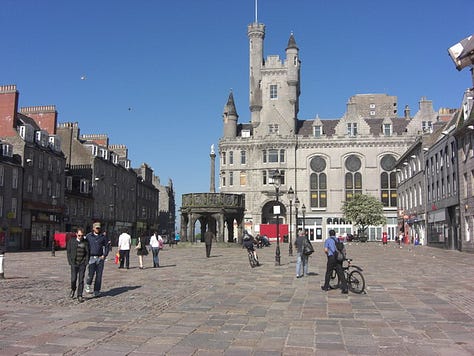
Having scanned the iconic granite cobblestones, I wanted to create something functional. Something that honoured the history of Aberdeen whilst celebrating the vibrance of the city now. I decided to create a series of simple trays that can stack up - something versatile for every scenario (a catchall for the hallway, clean storage for the home office, a companion for your bedside table, a centrepiece for the kitchen table…).
The final trays are cast from a portland stone based jesmonite for a natural finish. It’s a production process I have played with a lot over the years, moving from high res 3D print to silicone tools to final parts. These trays have cork feet that not only protect surfaces but also double up to help lock trays together.
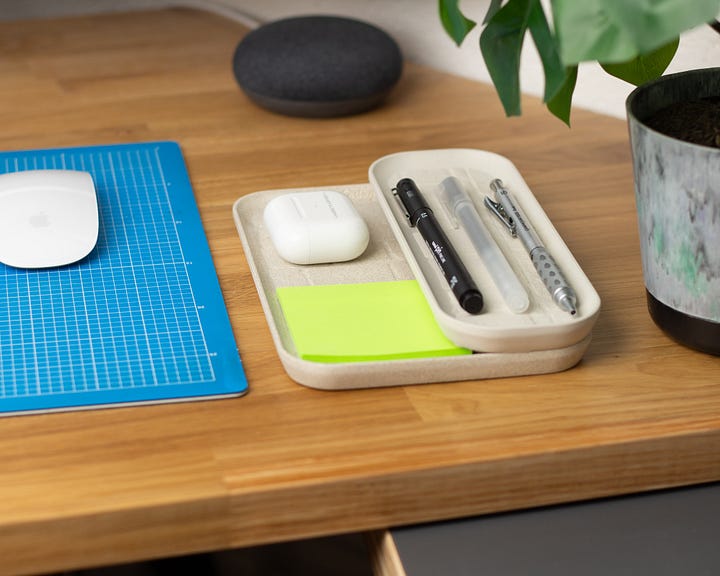
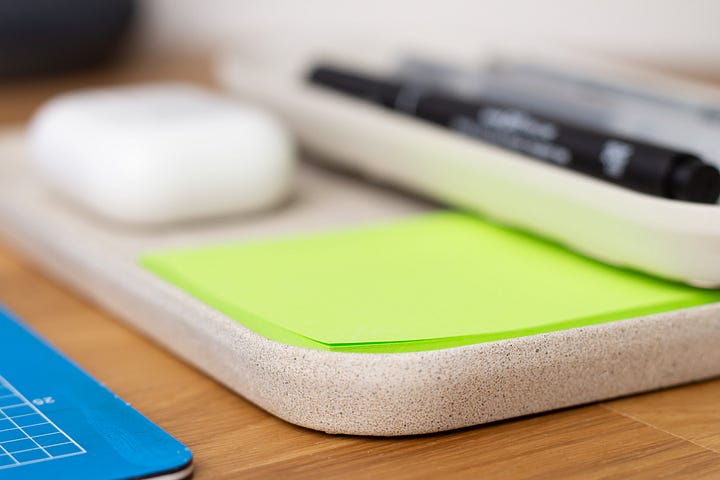
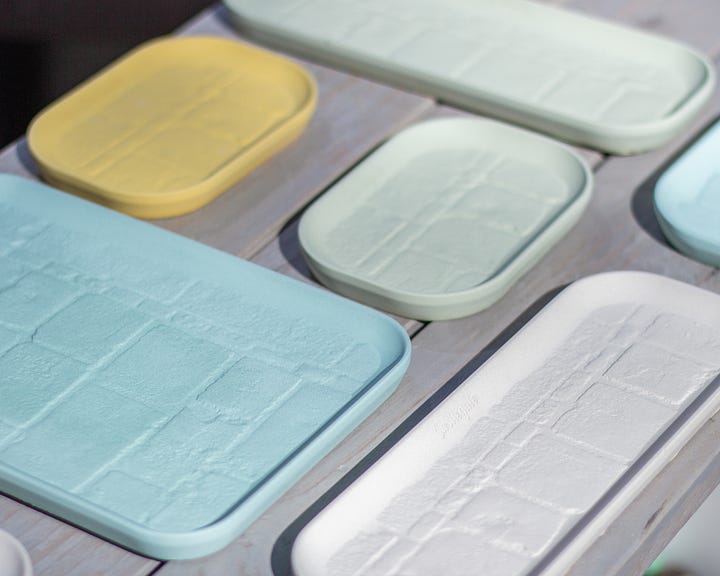
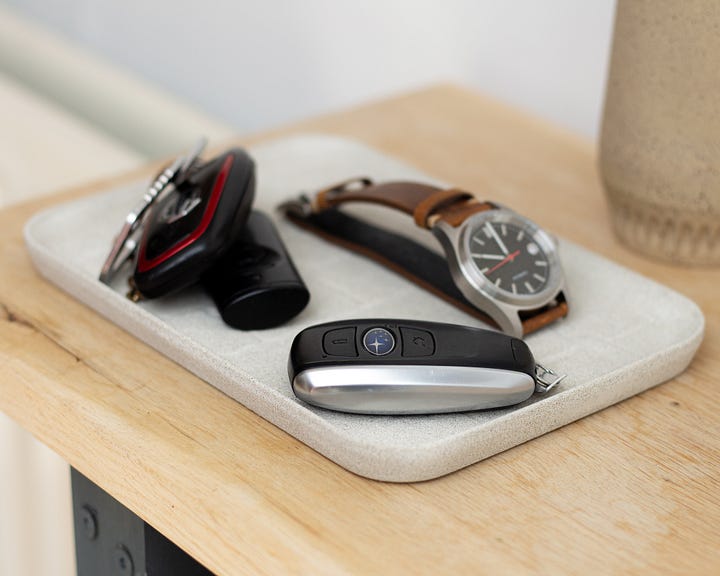
I will be launching these in a limited batch at the Teagreen market in Aberdeen Art Gallery on the 16-17th August. If you’re Aberdeen based, come and say hi!

